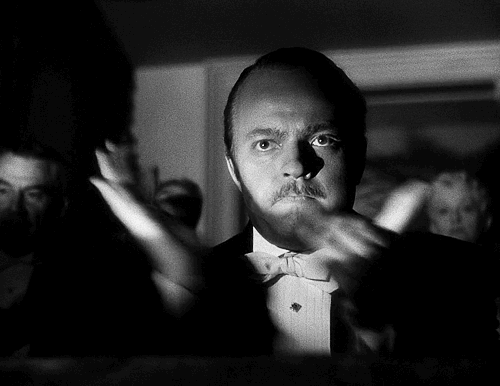Mark,
Excellent video work, and nice shooting! That is definitely a convincing demonstration of post-rebound curve, which is what have been looking for. It is not even close to the amount of curve needed to satisfy the
$2000 Bank Bend Challenge, but at least it clearly shows the bend in a convincing way. Again, excellent job!
FYI, soon, Bob and I plan to create a simplified and slightly-easier version of the challenge along with a video demonstrating how to document attempts. I hope you will participate. Bob and I will still be offering $2000 for the first person who can bend the bank the required amount. Originally, Bob's challenge required one to curve around an obstacle more than half the width of an obstacle ball (plus any clearance). The new version of the challenge will only require a bend around 1" of an obstacle (less than half a ball)! This might sound easy, but it is still a lot more curve than you have demonstrated; although, it might be possible with the right shot, favorable conditions, and a perfect hit. And if nobody is able to grab the $2000 prize by beating the challenge, we will have a consolation prize of $200 for the person who is able to bend the ball the most (i.e., more than anybody else). This will be paid even if nobody succeeds at the $2000 challenge. Bob and I will post detailed rules and provide a detailed video demonstration of how to document attempts. We hope to have this ready within a week or so. People working on the challenge should probably wait before creating and posting final videos so their attempts will qualify for the new challenge.
Again, great job. I hope you are able to fine tune the angle to the rail, cut angle, ball distances, and hit (speed, tip position, and cue elevation) to get even more curve. Good luck with the new and easier version of the challenge. We will release it as soon as it is ready. I look forward to seeing how much more you can bend the ball.

